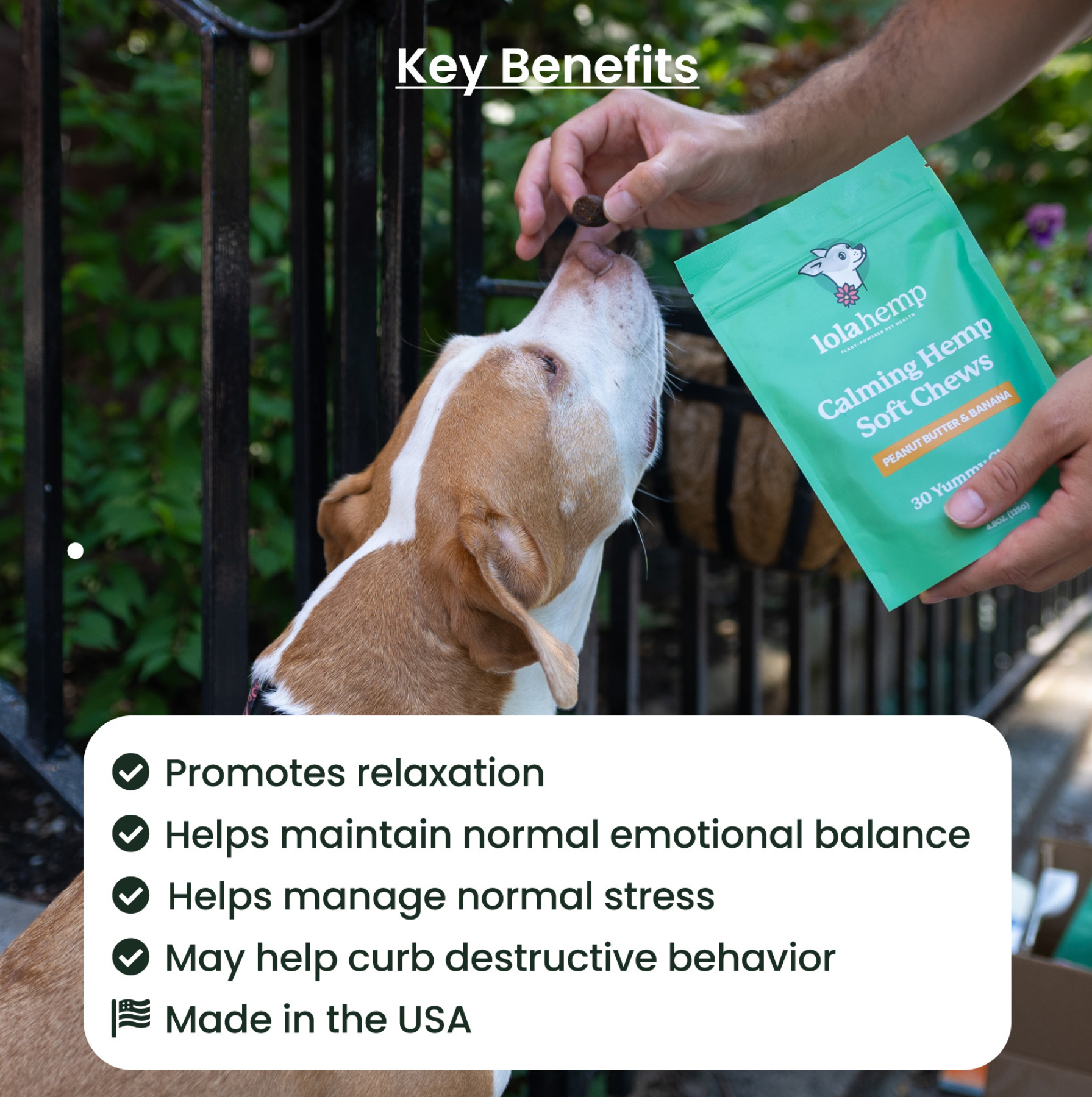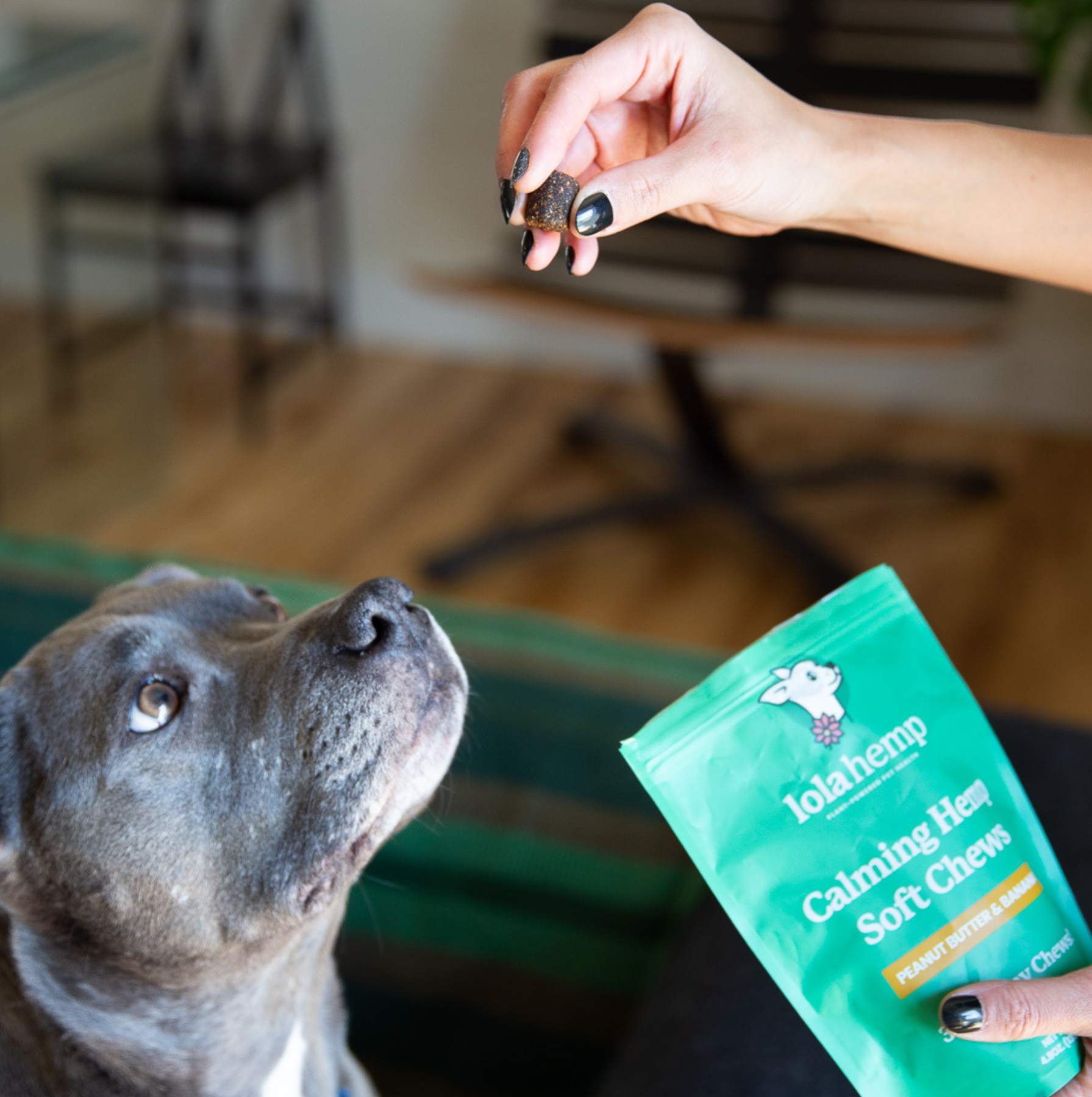Panting is a common behavior in dogs, often serving as a way to regulate body temperature. While panting is usually harmless, there are times when excessive or abnormal panting can signal an underlying issue. Understanding the difference between normal and problematic panting is essential for every dog owner.
Panting is distinct from hard breathing, however. Panting typically has a clear cause, whereas unusual hard breathing is a serious concern for dog owners. Panting unusually is more common in senior dogs, although young dogs can experience unwarranted panting as well.
Let's take a closer look.
Dog Panting vs. Heavy Breathing
Panting helps regulate body temperature and is characterized by short, shallow breaths that decrease once the dog cools down or rests. However, heavy breathing—longer, deeper, or labored breaths—can indicate a more serious issue like respiratory distress, heart conditions, or heat stroke. Heavy breathing may also be a sign of pain or injury.
While panting is generally harmless, heavy breathing should not be ignored, especially if it's persistent, occurs without an obvious cause, or is accompanied by other symptoms like lethargy or pale gums. In these cases, contact a veterinarian for evaluation.

When is Panting Considered Normal in Dogs?
Heavy panting is actually normal in certain situations. While a dog is resting, they shouldn't take more than 40 breaths per minute under normal circumstances. If it's hot out or your dog has just exerted energy, or they're particularly anxious, breath rates higher than this aren't unusual.
Dogs pant for several normal reasons, including:
In these cases, panting is typically moderate and subsides once the triggering factor is removed.
Signs of Abnormal Panting in Dogs
Unusual breathing in dogs often stands out from their typical respiratory patterns. It may appear as rapid or heavy panting without any clear trigger, such as exercise or heat.
Dogs might also show other signs of distress, like wheezing, coughing, or struggling to catch their breath, which can indicate an underlying issue requiring immediate attention.
If your dog’s panting seems unusual, look for these warning signs:
- Rapid breathing with no apparent cause
- Heavy panting that lasts longer than normal
- Labored breathing accompanied by wheezing or coughing
- Learn more about labored breathing in dogs
- Panting during rest or in cool environments
- Blue-tinged gums or tongue
- Restlessness or signs of distress
Common Causes of Excessive Panting
Excessive panting in dogs can result from a variety of factors beyond normal cooling or excitement. It might signal heatstroke, stress, pain, or more serious conditions like respiratory or heart issues, making it important to recognize potential triggers and underlying causes.
Some of the most common causes include:
- Heatstroke: Overheating can cause rapid and heavy panting as the body tries to cool down.
- Stress or Anxiety: Situations like car rides or thunderstorms can trigger excessive panting.
- Pain or Discomfort: Dogs often pant more when they are in pain.
- Heart or Lung Issues: Conditions like heart disease or respiratory problems may lead to abnormal panting.
- Obesity: Carrying extra weight can make it harder for a dog to breathe normally.
- Cushing’s Disease: This hormonal condition often causes excessive panting.
What to Do If Your Dog is Panting Excessively
If your dog is panting excessively, move them to a cool, shaded area and provide fresh water to help them calm down. Monitor their behavior for other symptoms, and contact your veterinarian immediately if the panting persists or worsens.
Again, here's what you should do:
- Ensure they have access to fresh water and a cool environment.
- Check for other symptoms, such as lethargy or vomiting.
- Observe the situation to identify any triggers, such as heat or stress.
- Contact your veterinarian if the panting persists or if you notice additional concerning symptoms.
Conclusion
Panting is a normal behavior in dogs, but excessive or abnormal panting can indicate an underlying problem. By understanding the signs and causes, you can take appropriate action to keep your dog healthy and comfortable. If you’re ever in doubt about your dog’s panting, consult your veterinarian for guidance.
Frequently Asked Questions About Dog Panting
What is the difference between normal panting and abnormal panting?
Normal panting happens after exercise, heat exposure, or excitement and typically subsides once the dog cools down or relaxes. Abnormal panting occurs without a clear cause, lasts longer than usual, or is accompanied by symptoms like wheezing, distress, or blue-tinged gums.
Why is my dog panting heavily while resting?
Heavy panting during rest can indicate an underlying issue such as pain, heatstroke, stress, heart or lung disease, or another medical concern. If panting occurs in a cool environment or without a clear trigger, consult your veterinarian.
When should I be concerned about my dog’s panting?
You should be concerned if your dog's panting is excessive, persistent, occurs without an obvious cause, or comes with symptoms like restlessness, pale or blue gums, or labored breathing.
Can stress or anxiety cause excessive panting in dogs?
Yes, stress and anxiety are common causes of excessive panting. Situations like loud noises, car rides, or unfamiliar environments can trigger anxiety-related panting.
What should I do if my dog is panting excessively?
If your dog is panting excessively, move them to a cool area, offer fresh water, monitor for additional symptoms, and contact your veterinarian if the panting does not improve or worsens.










